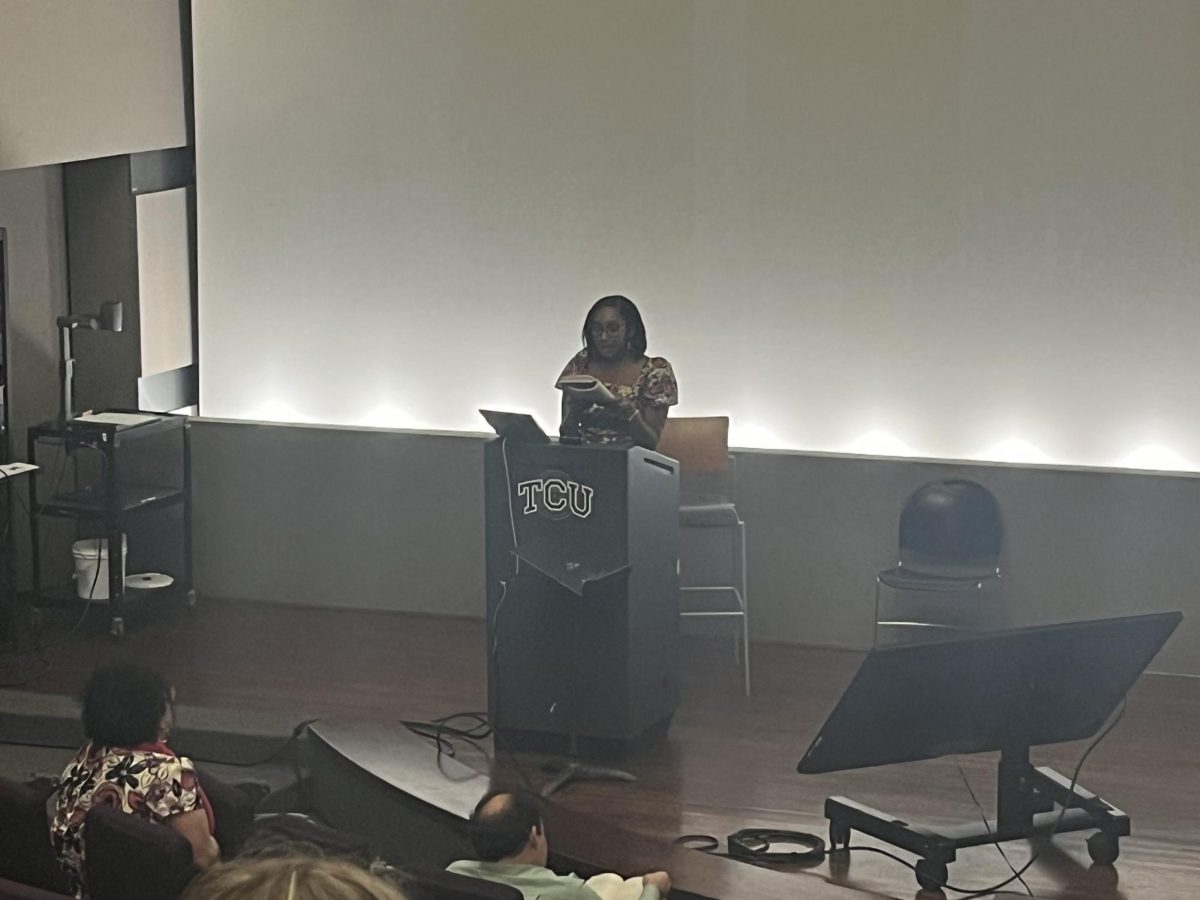The Class of 2011 has reached a milestone untouched by previous generations: the most indebted graduation class ever.
According to Time Magazine, Americans owe more on student loans than on credit card debt, which means tough financial times for college students.
But President Barack Obama’s most recent plan for student loans intends to release some of the pressure for college students across the county.
The Administration’s “pay-as-you-go” plan, which Obama proposed before Congress on June 9, 2009, is expected to ease the burden of student loan debt, according to the Time report.
According to the Associated Press, Obama’s plan “will accelerate a measure passed by Congress, which reduces the maximum required payment on student loans from [15 percent to 10 percent].”
Student loan debt will be forgiven in 20 years, as opposed to 25 years, according to multiple reports.
Along with that, federal loans, such as direct government student loans and government-backed private loans, will be combined into one single government loan.
According to the AP report, the plan is intended to be enacted in 2012 instead of 2014.
At TCU, 35 percent of students borrow federal student loans to pay for their education, Melet Leafgreen, assistant director of TCU Financial Aid, said.
Among the 35 percent is Alex Wilson, a junior chemistry major.
She said she is looking forward to the new plan.
“I feel like students have to deal with loans more than people think,” Wilson said.
After graduation, students typically lose focus on their careers because they are too concerned with paying off loans, she said.
Instead of doing what they love, students are doing what they have to do to pay off their debt.
“It’s nice because we don’t have to worry about multiple loans,” she said. “Things are forgiven sooner [rather] than later.”
Mary Dike, a sophomore nursing major, said it is easy to get depressed after graduation because loans burden students if they are unable to find a job immediately.
“It’s hard out there knowing you don’t have a job, but you have student loans to pay,” Dike said.
She said with this new plan, students do not have to worry as much. Students can now plan ahead and prepare for the change, she said.
But there is a level of skepticism among students.
Bob Stark, a senior mathematics major, said he felt the change could be positive.
“This is a good thing if people use it responsibly,” he said. “Obama seems to say ‘we’re helping you, but we expect you to help us, too.”
Along with several students, Stark said he used federal loans such as Unsubsidized and Subsidized Stafford loans and Perkins loans.
But he said students may sense there is a catch—students may ask “who is going to front the bill for these loans.”
Backlash could be an increase in both taxes and tuition along with increased interest rates to cover the reduction, Stark said.
Robert Boatler, a professor of finance at the university, said the plan has the potential to help students.
“It’s great for students because students need the education,” he said.
Boatler said student loans are the second largest economic problem after mortgages and in the long run, students will benefit from the change.



